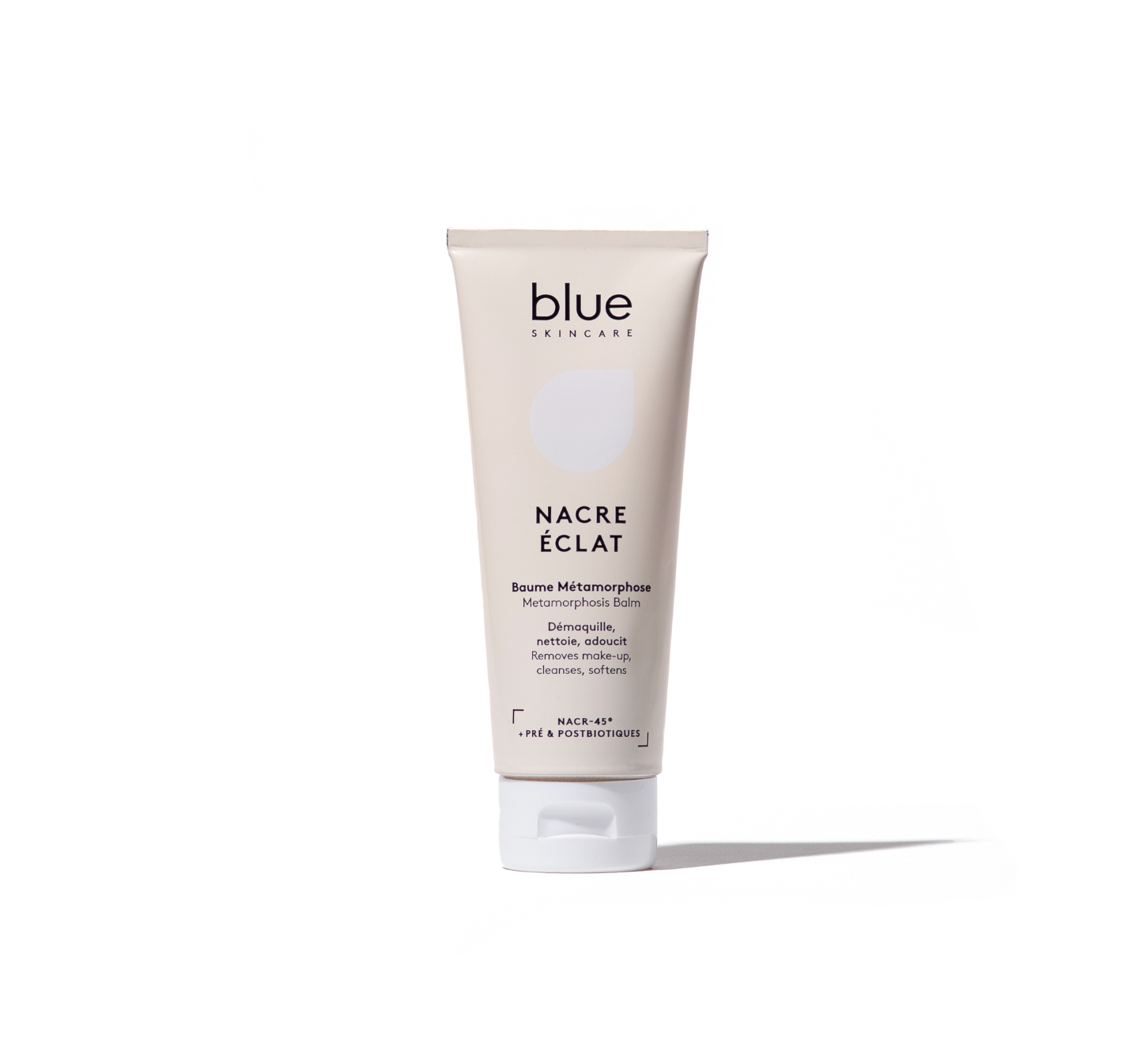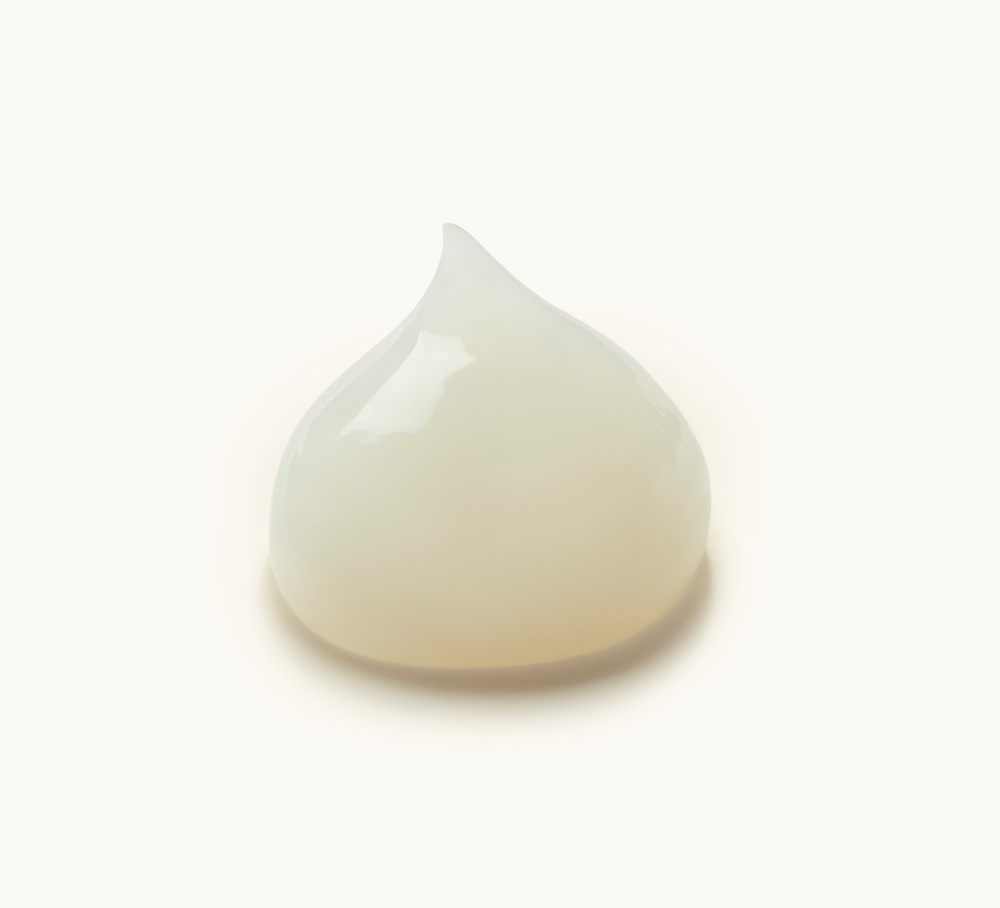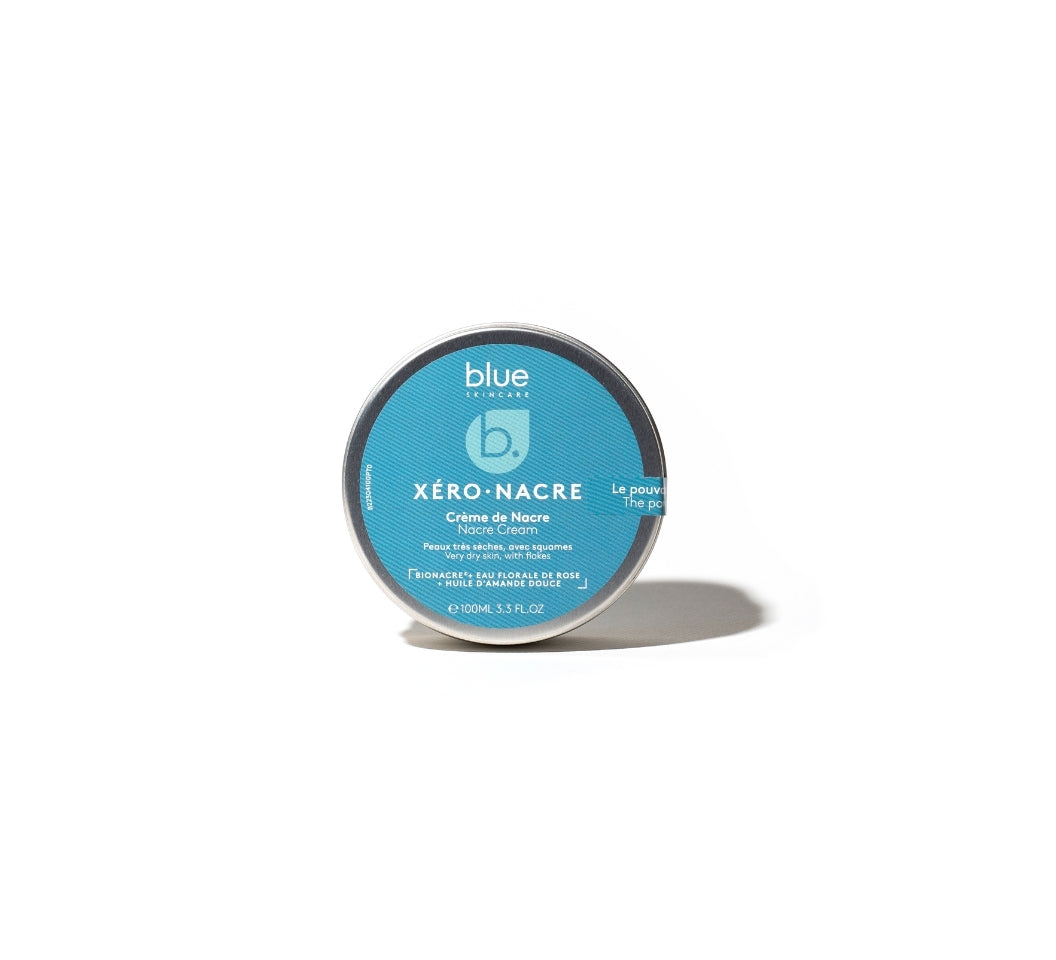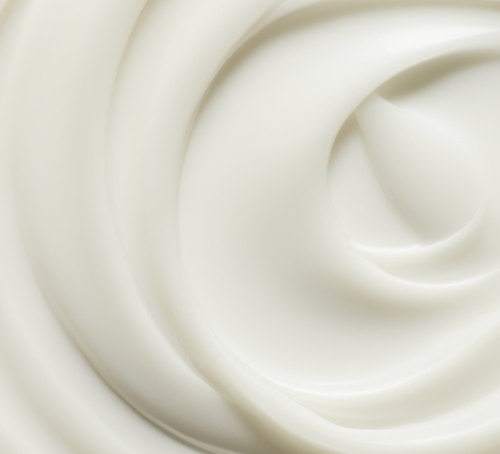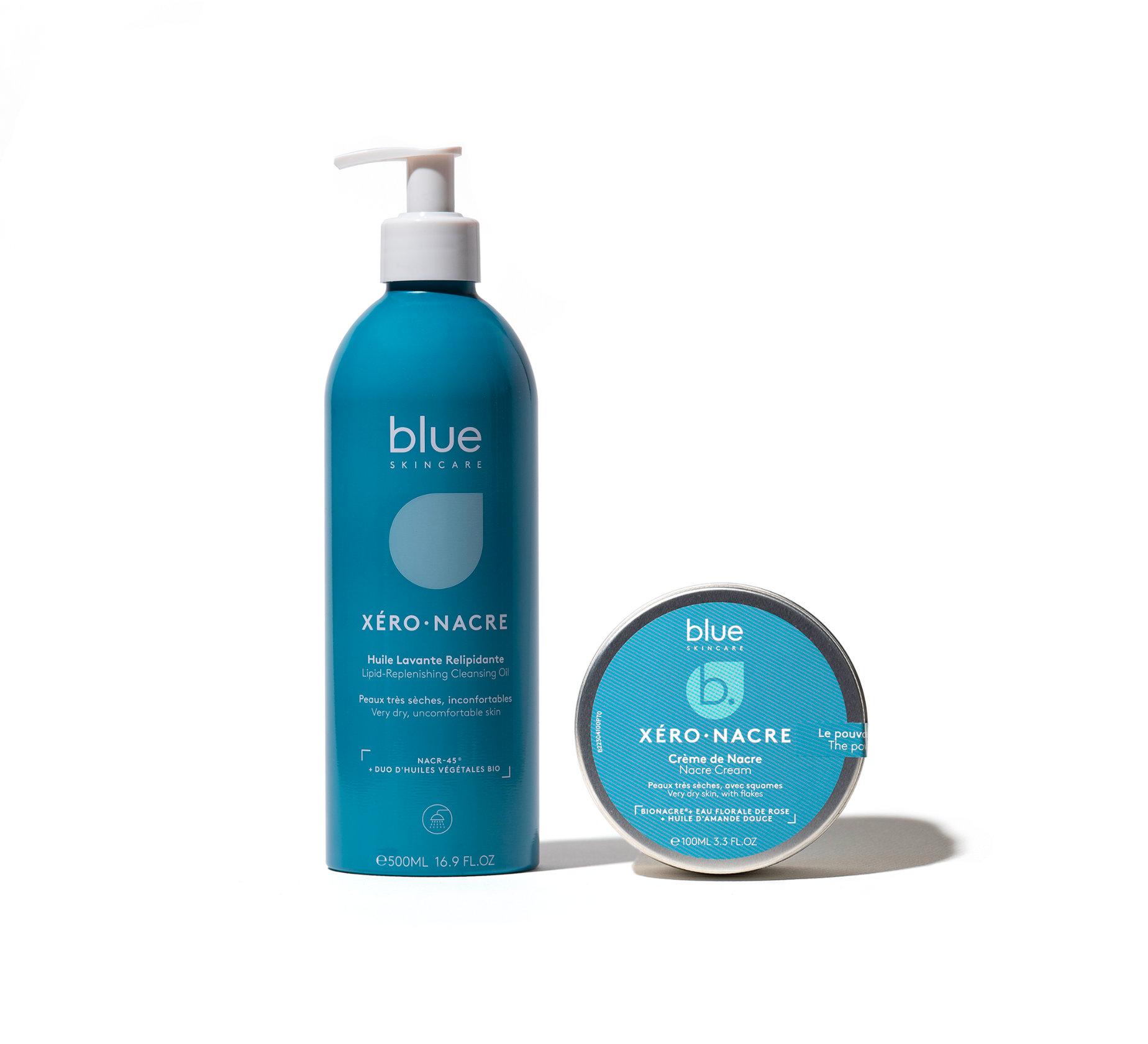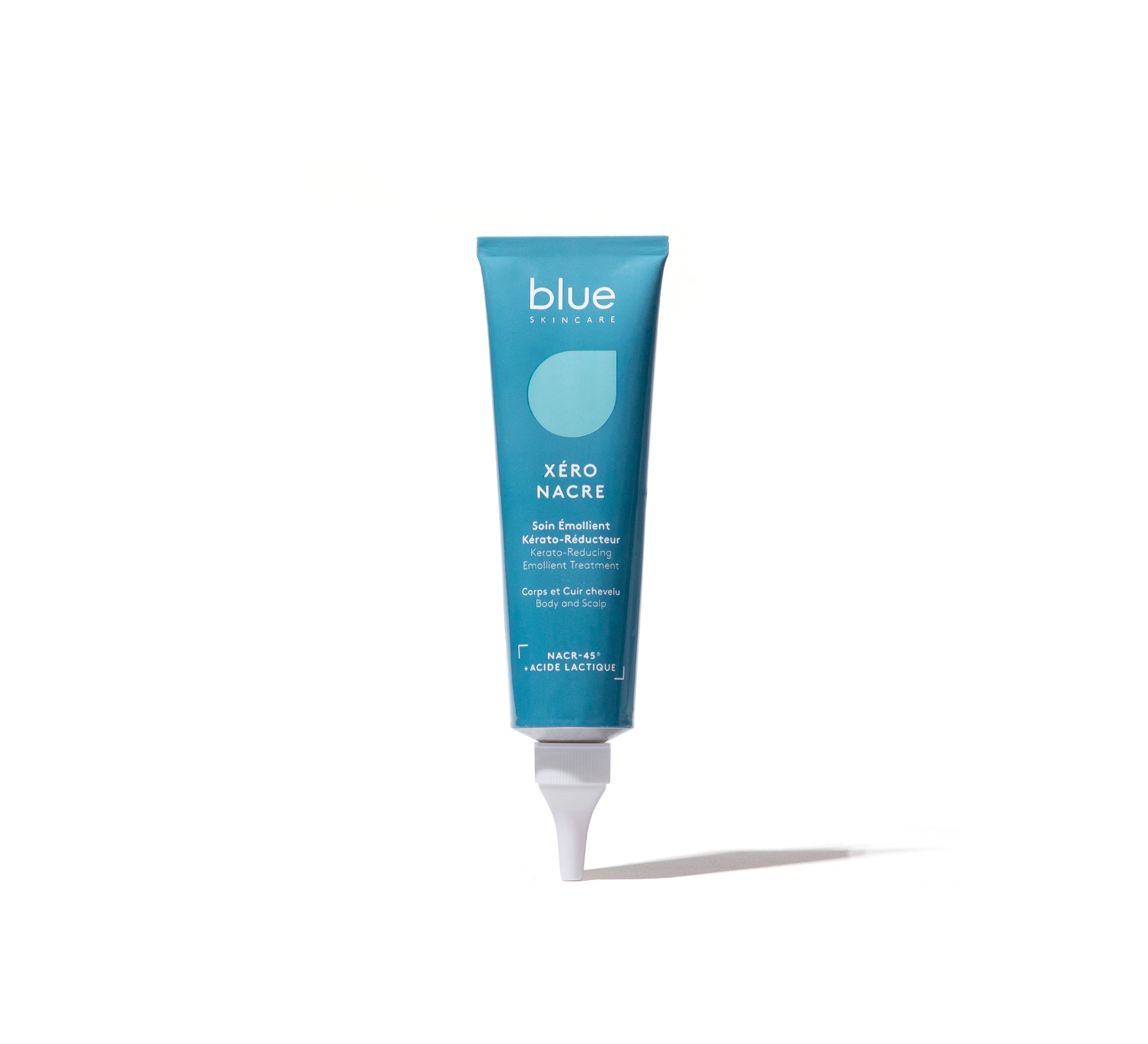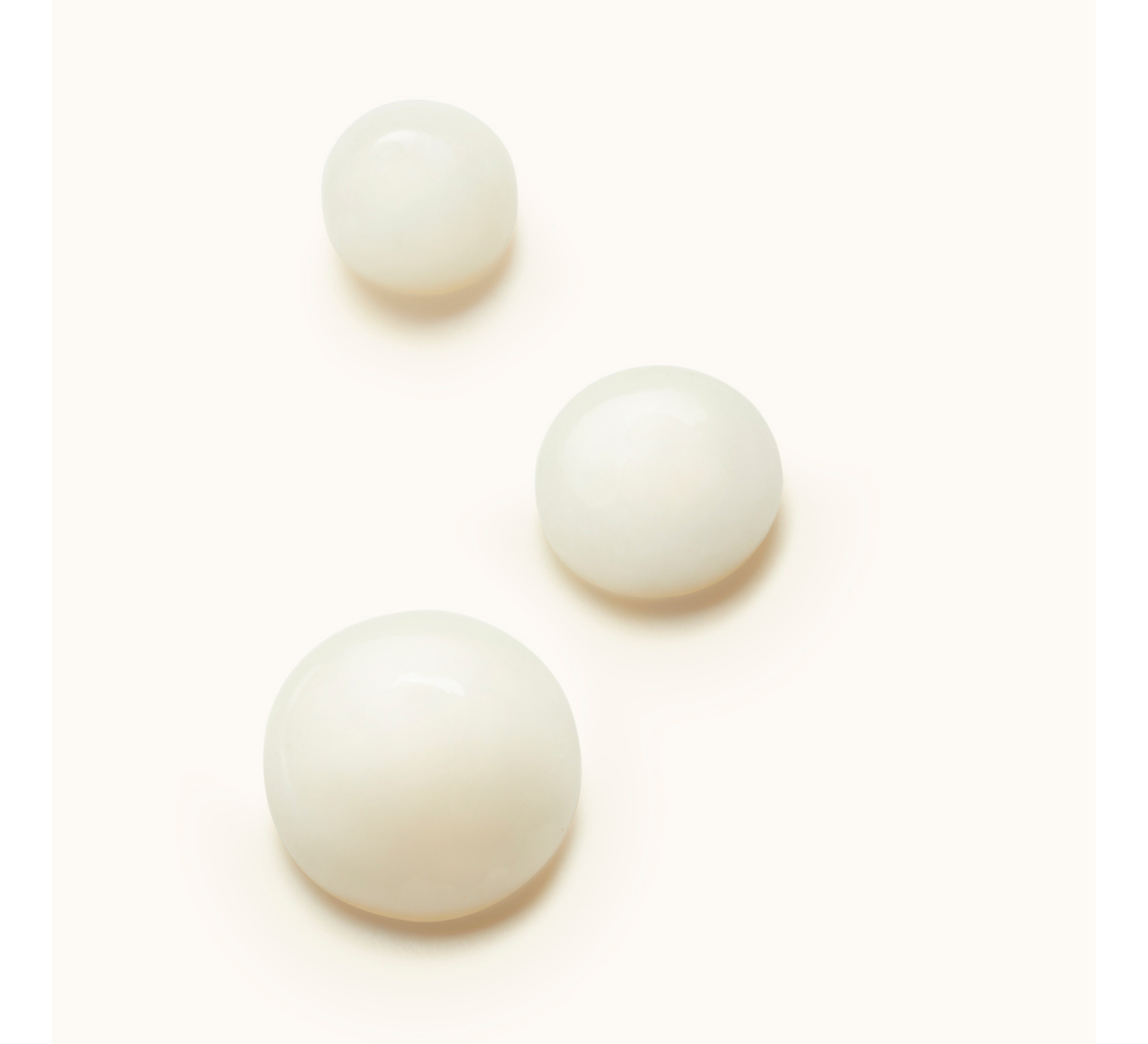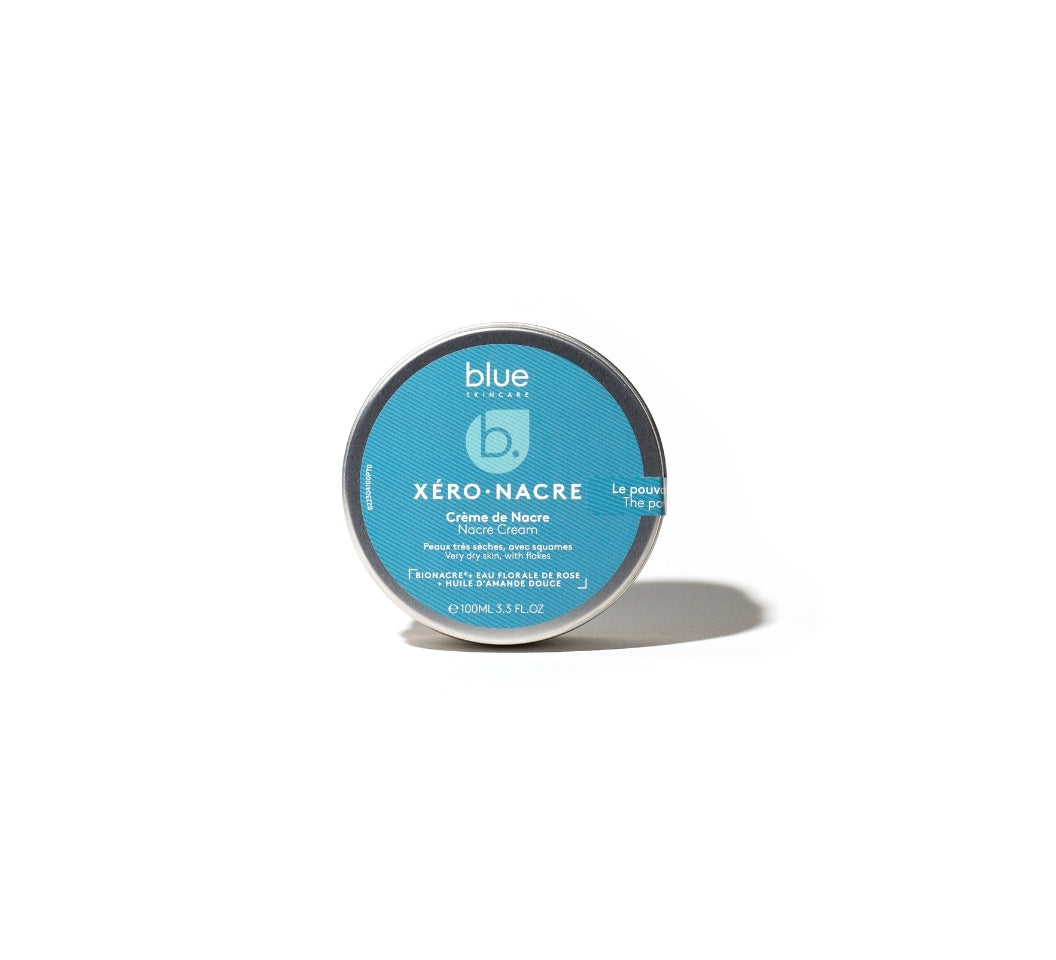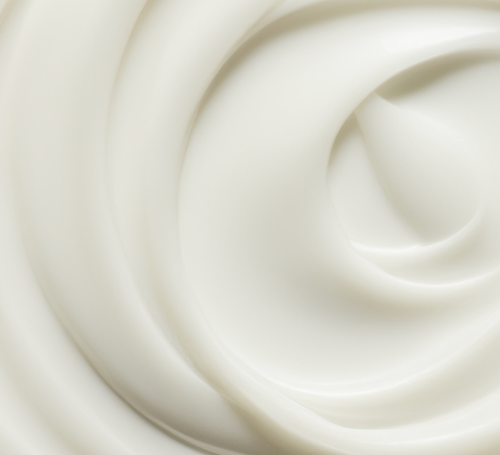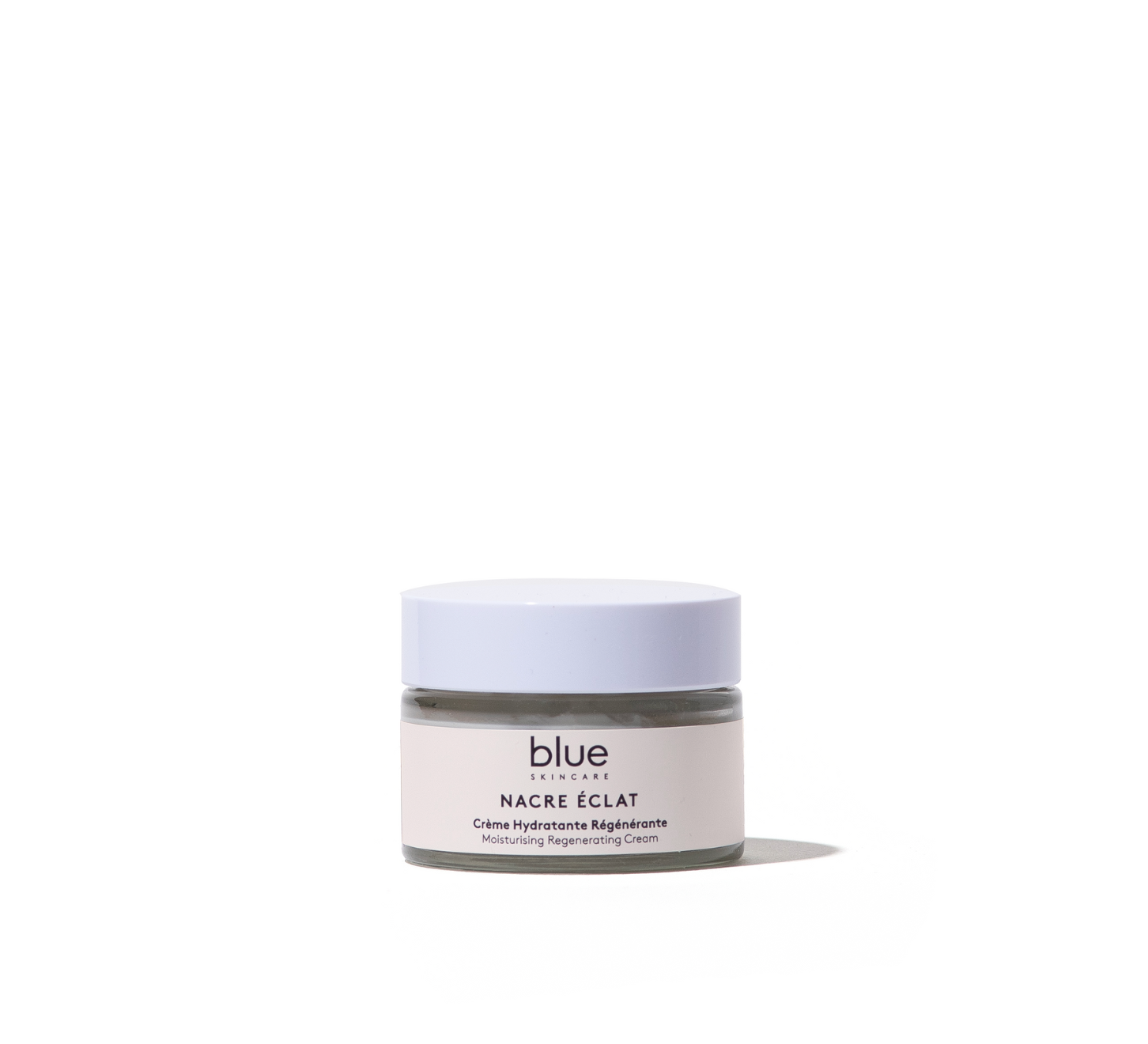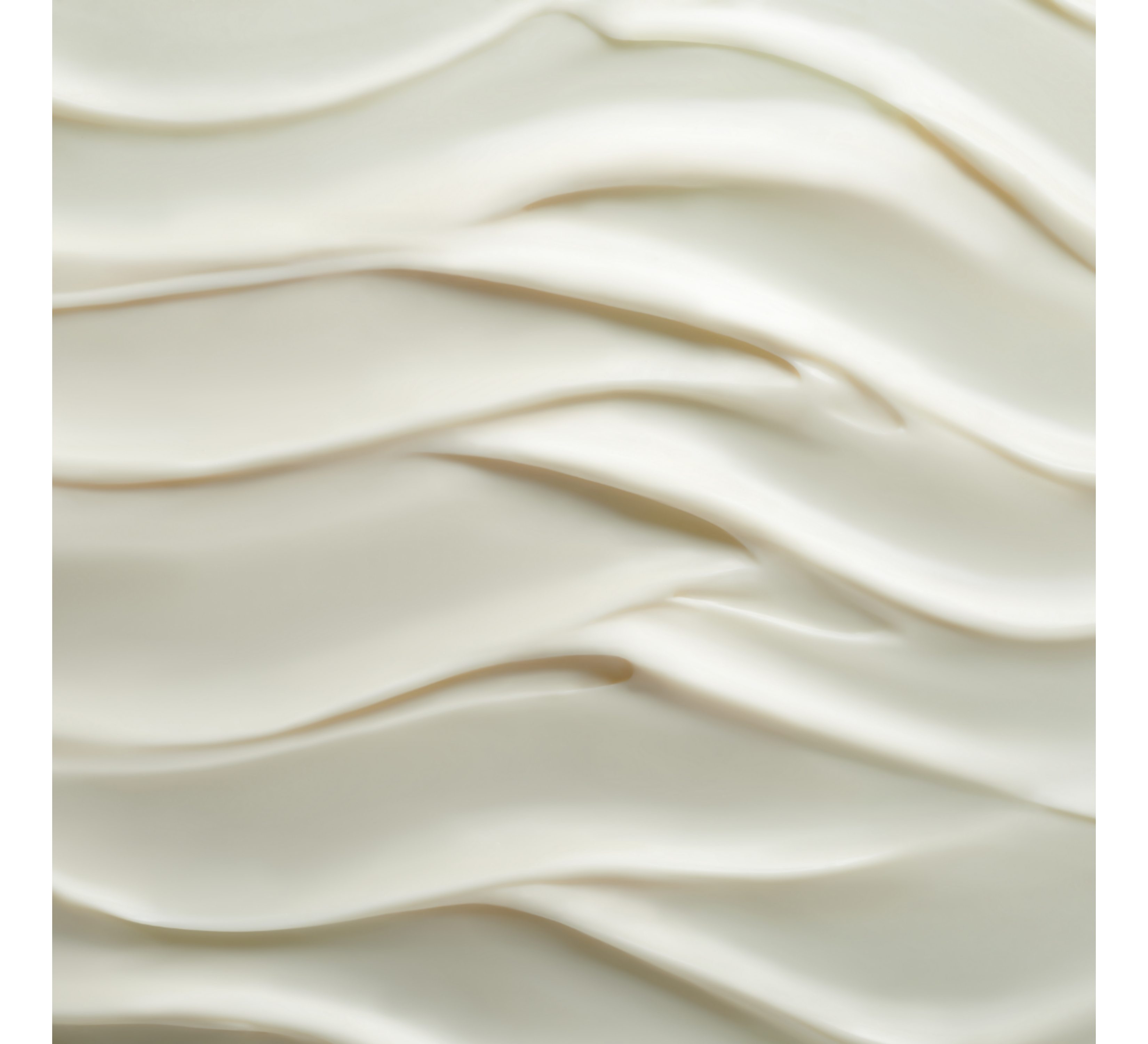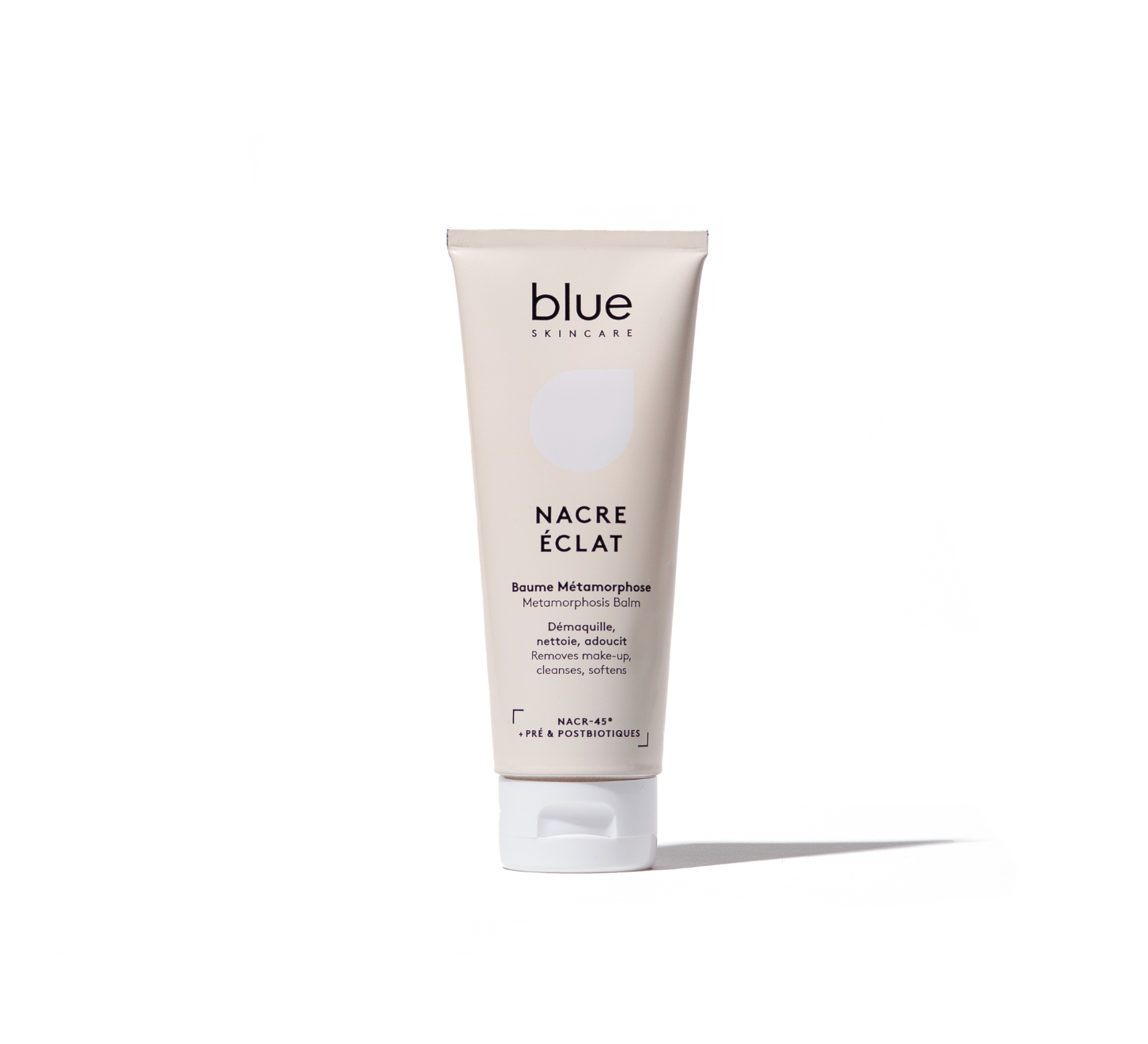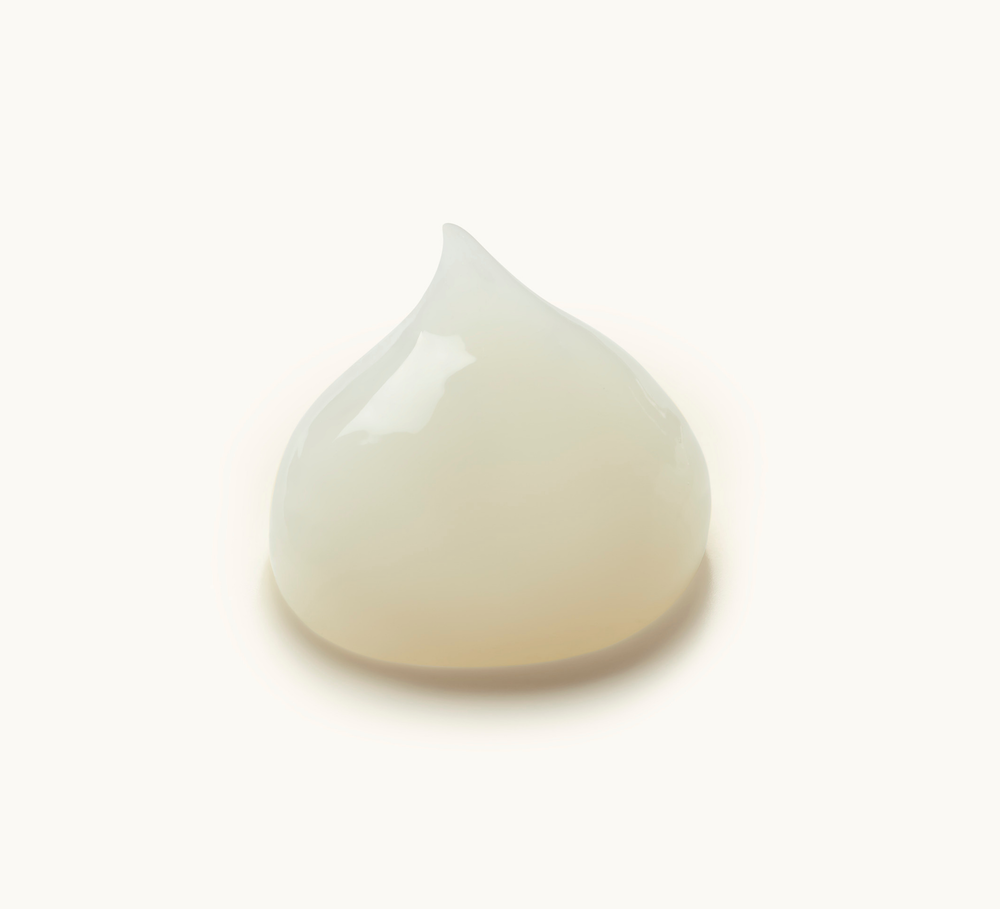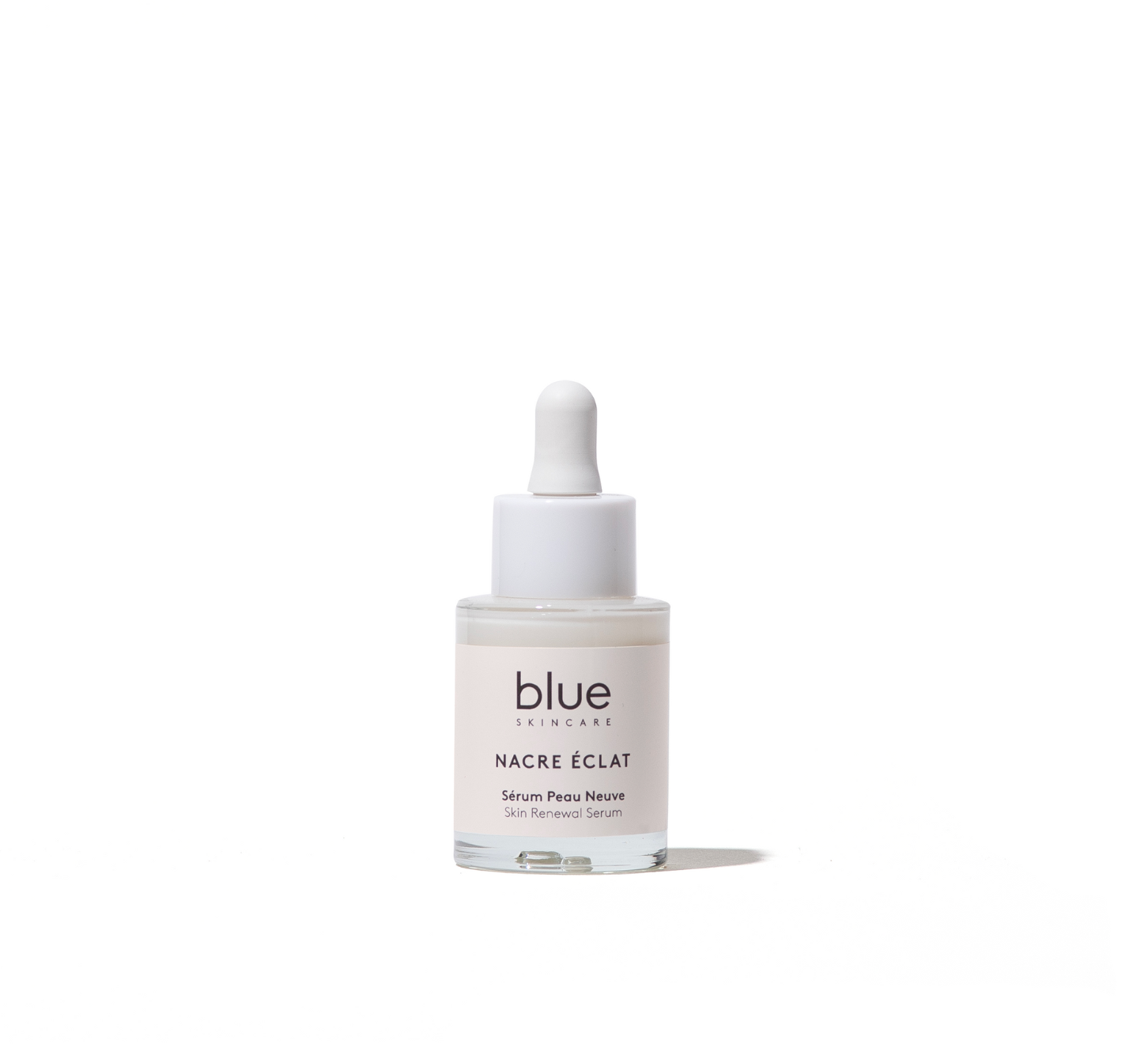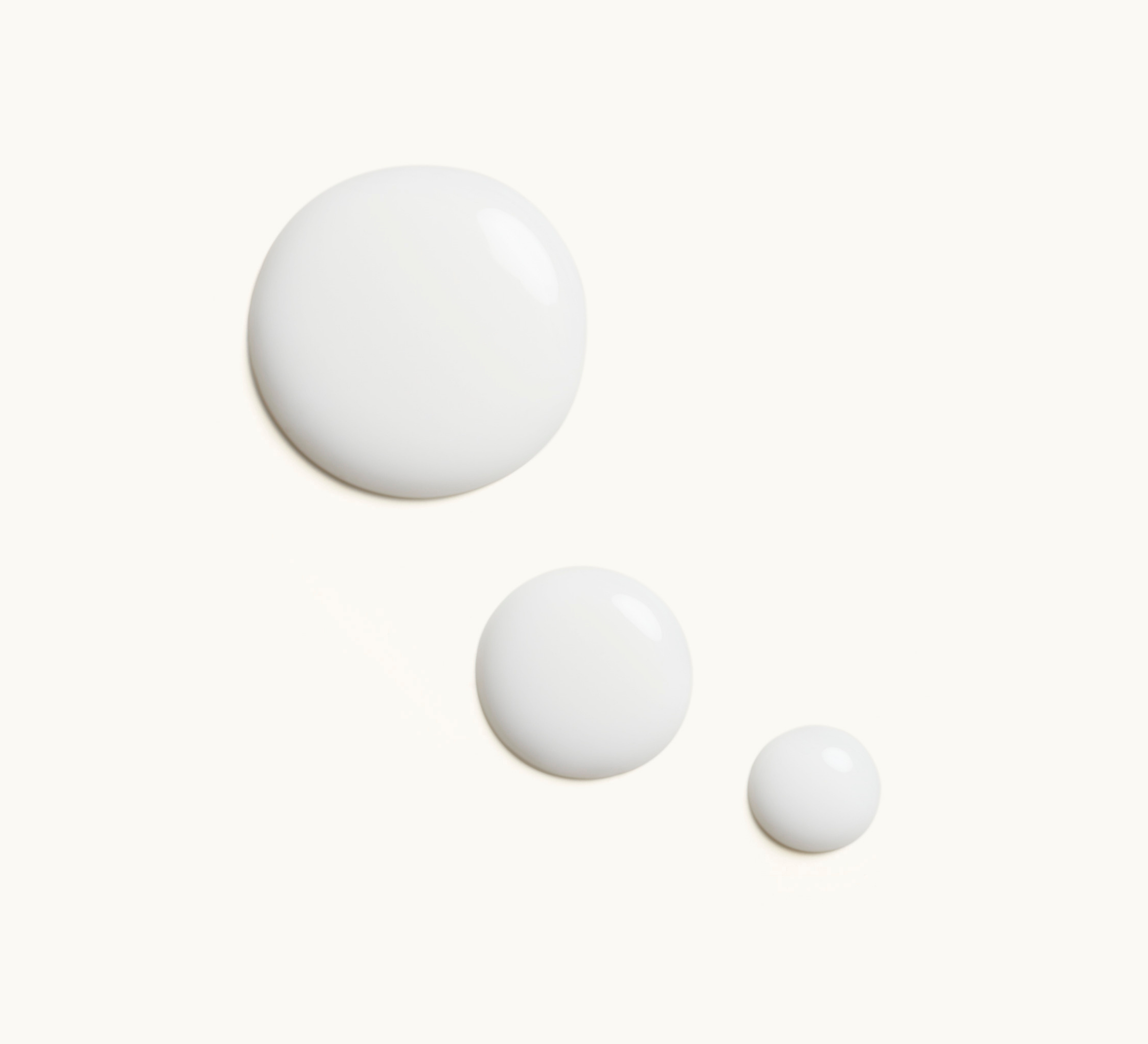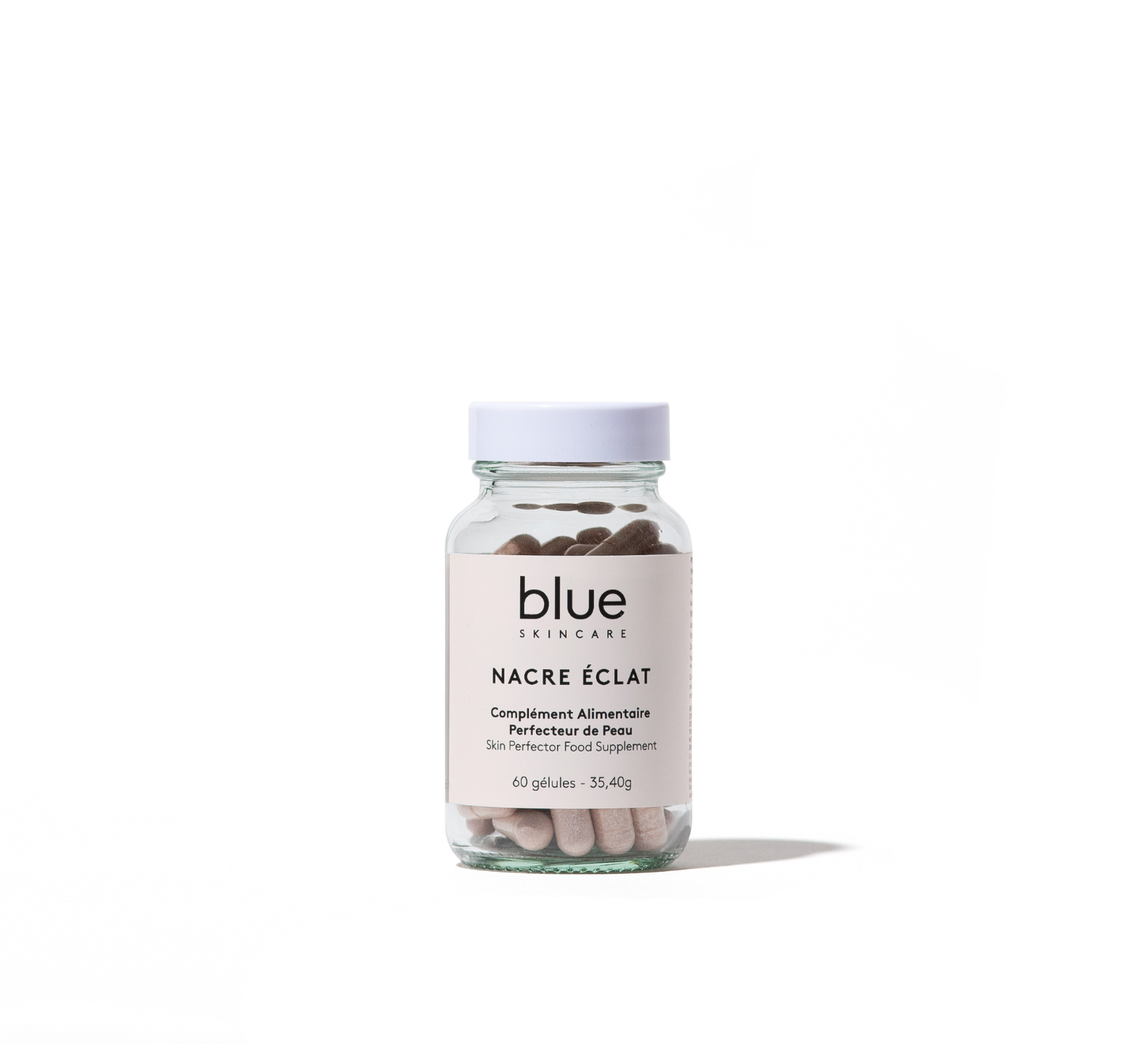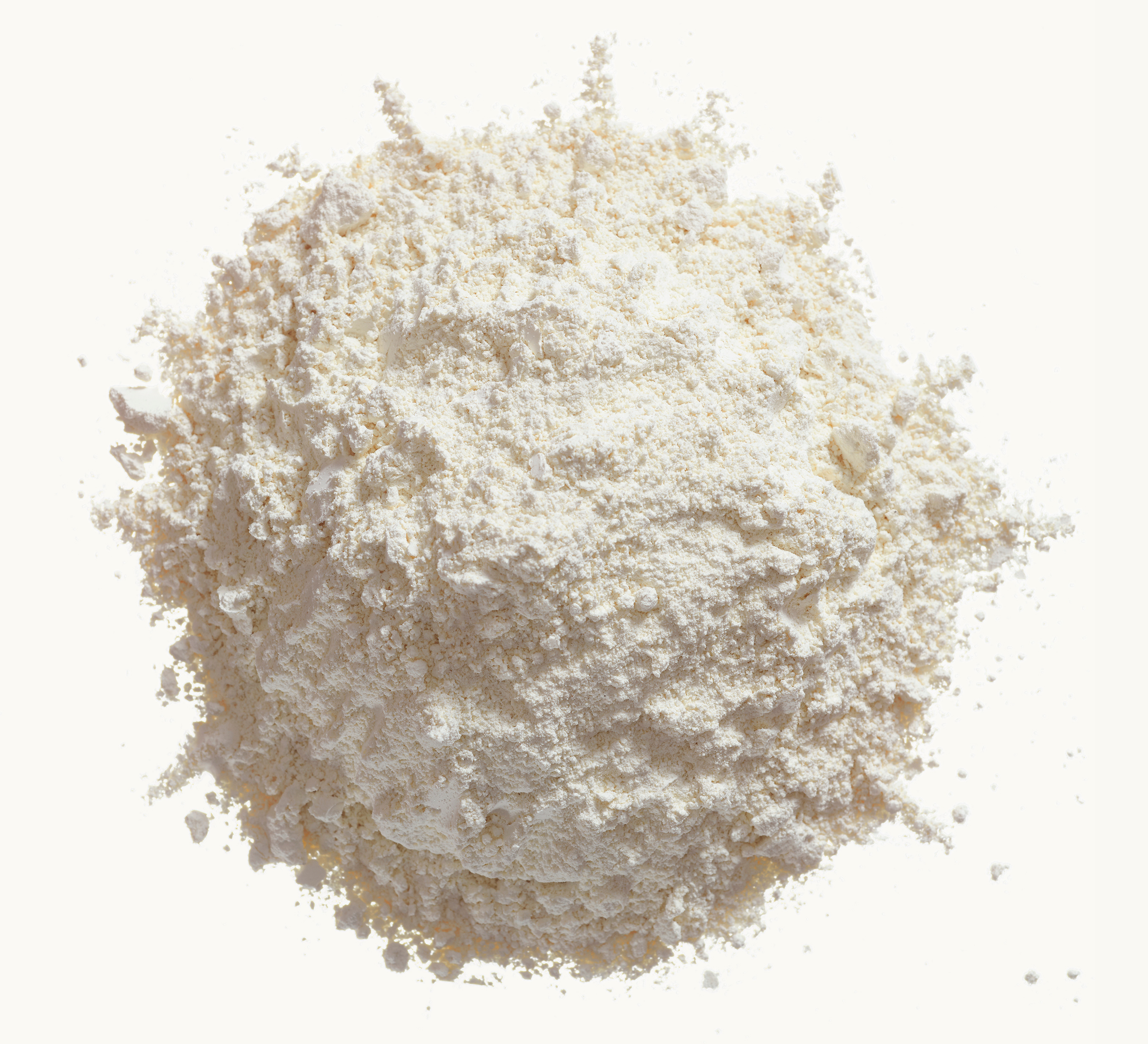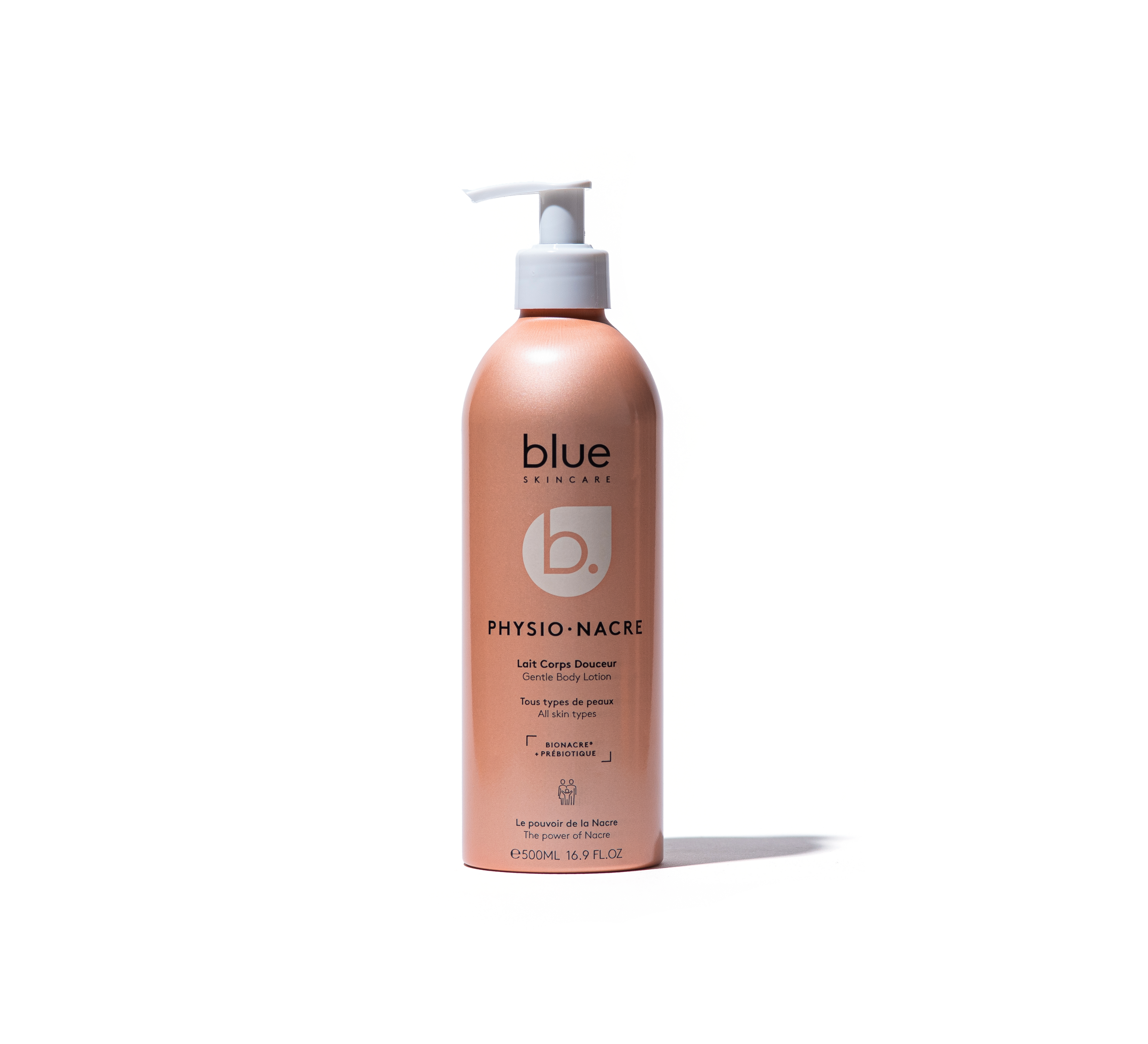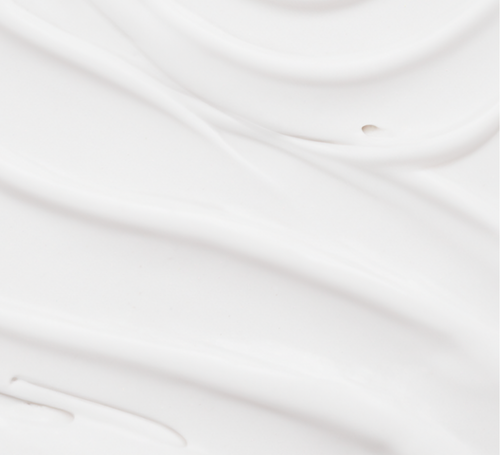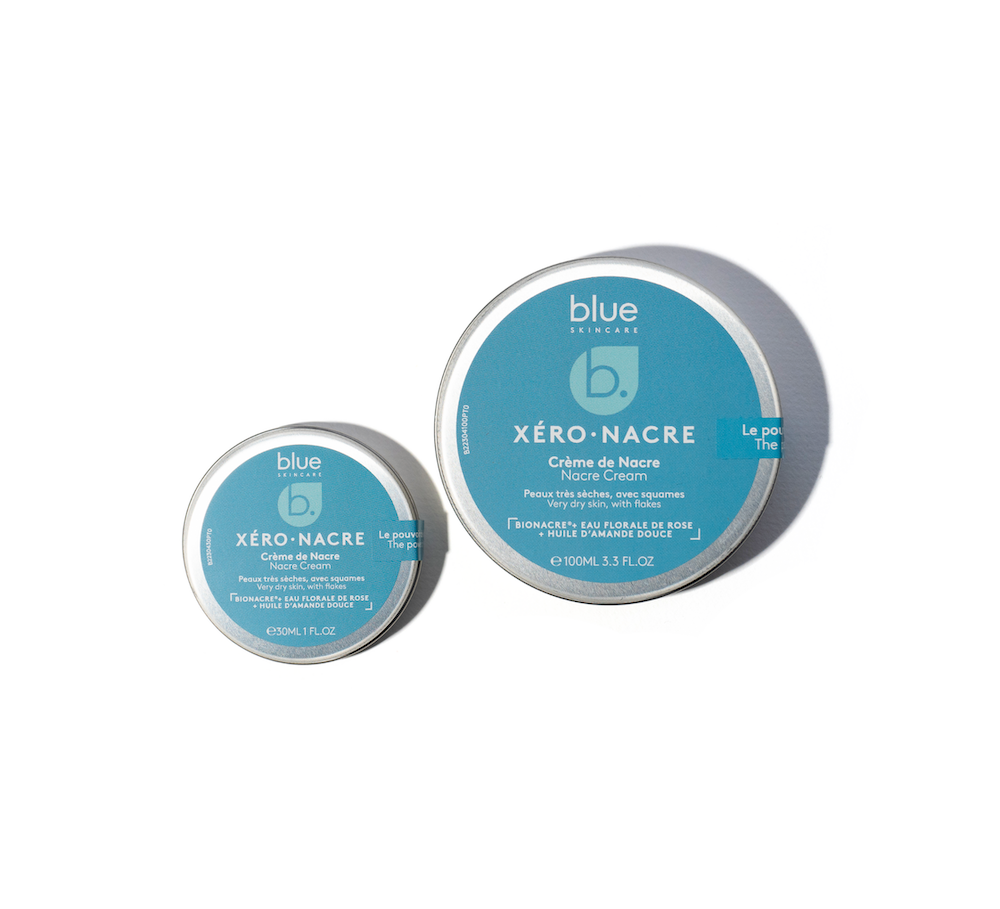Plastic is fantastic or… catastrophic! We know that we consume too much of it and that recycling is not enough to stem the problem of marine and health pollution that it causes. Alternatives and bioplastics, many nuances exist: everything you need to know to reduce your plastic consumption as much as possible.
What is plastic?
Everyone knows what plastic is… or thinks they do. In reality, we should say “plastics” because there are so many of them. However, we can define it as a synthetic material, made from resin and several molecules called “polymers”, which can be worked, formed, deformed, colored and treated to become an object. This treatment with adjuvants and chemical additives, to make it what we want, will give it its properties: resistance, flexibility, transparency, etc. There are several large families classified according to their reactions: flexible and resistant elastomers, very hard “thermo-hardening” (like melamine in children's tableware) and thermoplastics which can deform when heated.
The history of plastic
It was from the 20th century that semi-synthetic plastics, made of chemically transformed natural polymers, gave way to entirely synthetic plastics. Celluloid for tennis balls, viscose for tights, galalith for pens and costume jewelry , bakelite for telephones, then cellophane, the first completely flexible and transparent plastic, and finally PVC, a mixture of salt, oil and additives, in 1926.
At the time, no one was worried about the impact of the dazzling success that this new versatile material would have on the planet. Polystyrene, polyethylene and polyamide, a gifted fiber announced as being as fine as it was strong, followed by the first polyurethanes used as adhesives and foam fillings for mattresses, cushions or car seats.
The 40s welcomed silicone with joy and the explosion of mass consumption in the 50s ended up sanctifying the plastic god that was then found in all everyday objects. Melamine and Formica invaded kitchens and furniture, polyester dressed us, followed by polyamide and lycra. Today, plastics are absolutely everywhere…
The 7 different types of plastic
-
The best known is PET, for Polyethylene terephthalate.
- It is 100% recyclable and loses little of its fundamental characteristics: it can therefore be reused several times. However, its recycling requires the extreme purity of the collected material.
-
The second is polyethylene called HDPE.
- It is a recyclable, inflexible, and opaque thermoplastic used for detergent containers and milk bottles, for example, and in the medical field.
-
The 3rd is the famous “PVC” for polyvinyl chloride.
- This soft and flexible thermoplastic, thanks to the addition of phthalates (considered endocrine disruptors), is rarely recyclable and is used, for example, in cling film, buoys and anything that resembles a bathroom curtain.
-
The 4th is a polyethylene called LDPE.
- Directly derived from petroleum, this thin, very common material is very difficult to recycle. It is used in shopping bags, small bags that protect items ordered by mail order, and the coating of fruit juice cartons.
-
The fifth is polypropylene or PP.
- It is the one that gives us yogurt pots, straws, toys, food boxes, etc. We find it a lot in the kitchen because it does not deform if we heat it: it can be used in the microwave and the dishwasher, a gesture that is not recommended. Finally, PP is not very recyclable.
-
The 6th is the terrible polystyrene or PS.
- Directly derived from oil, its "aerated" form means that it crumbles in nature while it contains toxic substances. It is very harmful and rarely recycled.
-
The 7th is actually… all the others!
- Including PC or polycarbonate and PLA for polylactic acid, a compostable plant-based plastic which means that it disintegrates in a professional composter with optimal heat. Abandoned in nature, nothing will happen because it is not biodegradable.
Microplastics and marine pollution

Plastic is a great material, but its advantages have turned into (big) disadvantages. Inexpensive, plastic is indeed strong... but not too much. Thus, it offers robust objects but which still end up breaking so much so that you still have to buy new ones eventually or regularly. The problem? When plastic breaks, it fragments and crumbles into smaller and smaller pieces, which disperse without ever disappearing. The "large" plastic waste floating on the surface of the water will degrade and undergo progressive erosion under the action of ultraviolet rays, the heat of the sun, the chemistry of salt water, movements and micro-organisms, then fragment into smaller and smaller pieces until they transform into microparticles invisible to the naked eye. The fragments from denser plastics, such as PVC, sink and settle on the bottom of the water, covering the seabed with a carpet of microplastics. The rest of the waste, a mixture of plastic bags, fishing nets, bottles, synthetic clothing and polystyrene, will form immense soups of microplastics , the famous "plastic continents" or "gyres" which are conducive to the development of new, potentially dangerous bacteria.
But be careful, plastic doesn't just pollute the seas! It is toxic wherever it ends up. Buried underground, it contaminates the soil. Burned with garbage, it releases toxic gases. The ecological problem is also a health problem.
Plastic and health pollution
A WWF study indicates that we eat about 5 grams of plastic per week, the equivalent of a credit card. Indeed, once it becomes micro, plastic sneaks everywhere and enters our food chain, including the water we drink if it is bottled.
If microplastics end up on our plates in this invisible form, they can also migrate into food through storage containers, packaging for reheated meals, or kitchen utensils which, when they wear out, lose some of their material.
Added to these microfragments are additives and other supposed or proven endocrine disruptors, which end up in our stomachs. While all plastic objects release potentially dangerous products, they are not banned. It is the repetition and frequency of use over years that, by causing them to accumulate, can have consequences on health. This is why, for example, we must avoid reusing and refilling plastic bottles that are not made to be reused and which release plastic as they wear out.
Why Recycling Plastics Is Not Enough

Recycling is a fundamental step in dealing with plastic waste, but it has limitations that make it an insufficient measure today in the face of the threat to the environment .
The first limitation of recycling: plastic ends up losing its adaptability over the cycles and it cannot be recycled indefinitely. Second limitation: collection is complicated, sorting instructions vary depending on the region of the world, in some places there is not even a sector. If some plastics can be recycled, they are not because of poor profitability. This is the case of cigarette butts that we know very well how to transform but which are not recycled, just like other packaging used for ham or industrial charcuterie (here manufacturers want to switch to PET packaging for its recyclability, but the latter does not allow optimal preservation of the products). The same goes for objects that are too small such as cosmetic tubes such as lip balm, and objects made of different materials that we do not know how to separate on a large scale. The latter will end up burned or buried. Finally, even when everything is organized to recycle, many people do not do it correctly. However, plastic should be considered a precious material. Indeed, this recycled plastic material has a significant marketing value today, which should add value to plastic waste. Unfortunately, some "virgin" plastics cost less than recycled plastic, which does not encourage recycling.
Bioplastics, the solution of the future?
Yes… and no! Also called “bio-based” or “bioplastic” plastics (even though they are not “bio” at all), they are composed entirely or partly of plant-based raw materials, generally corn, potato or cane sugar starch, instead of being derived from hydrocarbons. If they are presented as biodegradable or compostable, it is not so simple. The term “bioplastic”, used by marketing, is a source of confusion: it includes plastics that can be biodegradable without being bio-based, bio-based without being biodegradable, or both bio-based and biodegradable. First of all, if they are partly plant-based but not entirely, this implies that when they degrade, particles of chemical plastic will be released! Above all, these so-called “compostable” plastics are not “biodegradable”. Indeed, to disintegrate they need to be placed in a domestic or industrial composter, in specific conditions for the process to start (heat and movement). But who is going to put their tube of shower gel or their fruit and vegetable bag in a composter? In reality, these plastics mainly end up in household waste but… they are not recyclable! Mixed with others, they disrupt the functioning of sorting centers which cannot take them into account. We should therefore ideally find 100% plant-based and biodegradable plastics. To put an end to the confusion, those that are biodegradable in natural conditions have had to invent a new label, called “OK Home Compost” to characterize waste that actually disappears into nature. In summary: it is urgent to drastically reduce our use of plastic 360°.
The 10 plastics to avoid

- No. 1 Cigarette butts: don't throw them on the ground, in the street or in nature, otherwise they will end up, with the rain, in a river... Put them aside to throw them in a trash can.
- No. 2 Cotton buds, plastic cups and straws: despite certain laws, we still see them: simply ban them! Replace them immediately with paper cotton buds or an ear cleaner or Oriculi, paper cups and cardboard or stainless steel straws made in Europe.
- No. 3 Plastic bags: reuse the ones you still have but don't accept any more, always have a paper or fabric bag with you!
- #4 Plastic bottles AND caps: no more buying bottled water, sodas, etc. Tap water is generally very good, otherwise in stores, look for glass bottles on the shelves. Opt for cans or make your own drinks! However, if you sometimes buy them, recycle them!
- No. 5 Yogurts and dairy desserts : knowing that yogurt pots cannot be recycled, switch to glass pots or homemade recipes. Children's chocolate creams can be chosen in bricks (organic), and there are also large glass pots of flavored yogurt, in organic stores.
- No. 6 Synthetic clothing : polyester, nylon, viscose, etc. Responsible for a large part of invisible pollution, in the form of microplastics from their fibers, they contaminate water with each machine wash. Switch to natural materials: linen , cotton, etc.
- No. 7 Shower gels and shampoos : go all-in on solid products in the bathroom: solid shampoos, colored and scented soaps, pebble body balm, solid toothpaste and deodorant, cleansing oil bars... everything (or almost) exists in solid form today!
- No. 8 Food packaging : we boycott the supermarket in favor of small businesses, and head for bulk and “zero waste” stores.
- No. 9 Chewing gum : chewing oil, meh… but above all, always throw it in the trash! There are some in natural biodegradable gum.
- #10 Household sprays : thanks to vinegar and bicarbonate, it is very easy to remove at least 2 to 3 industrial products right away. Once you get used to making your own products (including laundry detergent and dishwashing liquid), it seems obvious!
Precious, and even irreplaceable in the medical world, or in industry, plastic, which has undeniable assets, has contaminated all sectors. Today, we must change consumption habits. It is urgent to become aware of the omnipresence of plastic, especially in areas where its lifespan is short, such as small objects, packaging or even cheap clothing. Consuming less, but better, involves boycotting certain products and looking for those who have managed to do without plastic as much as possible, to stop what is now proving to be a real scourge.
